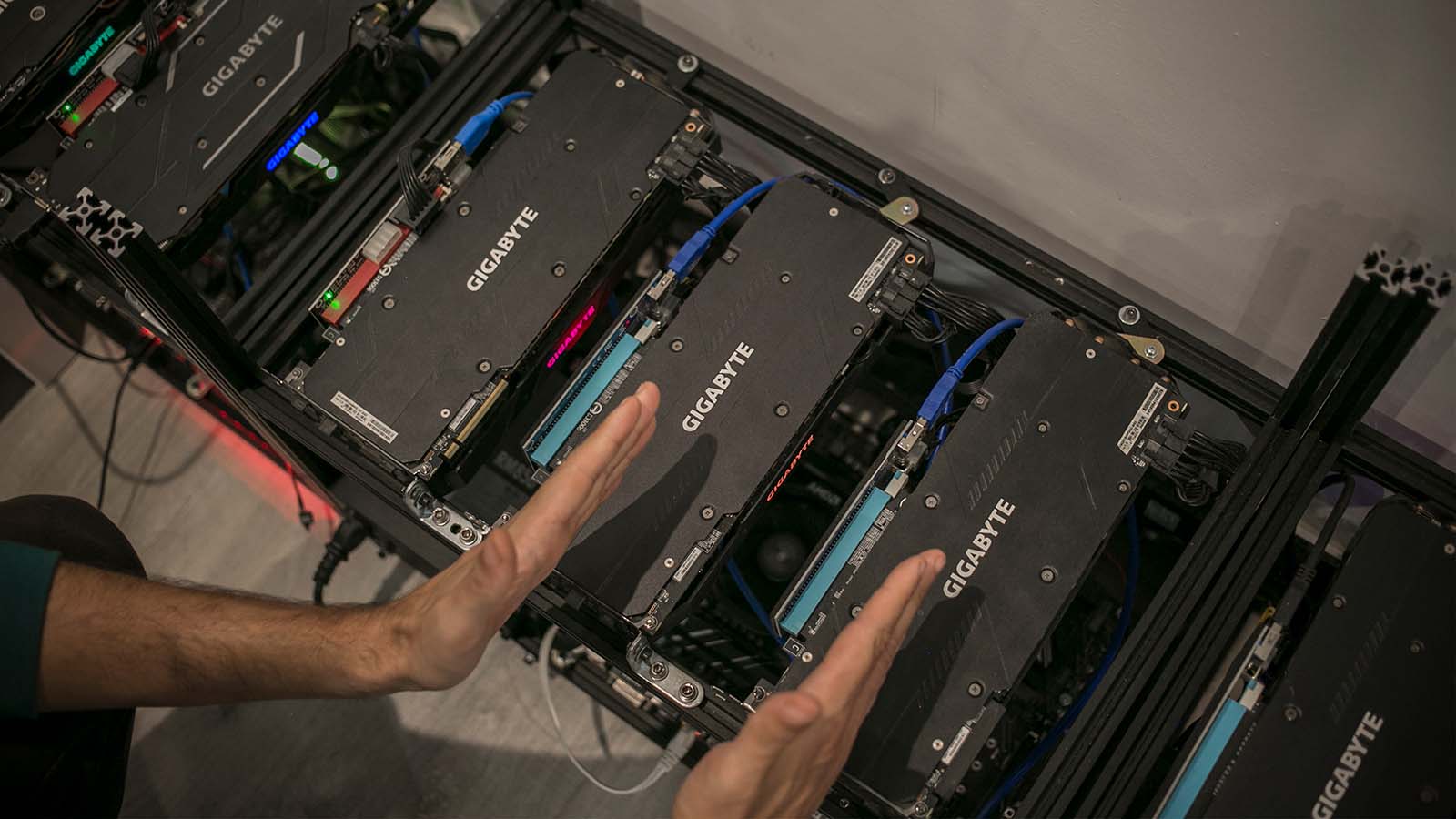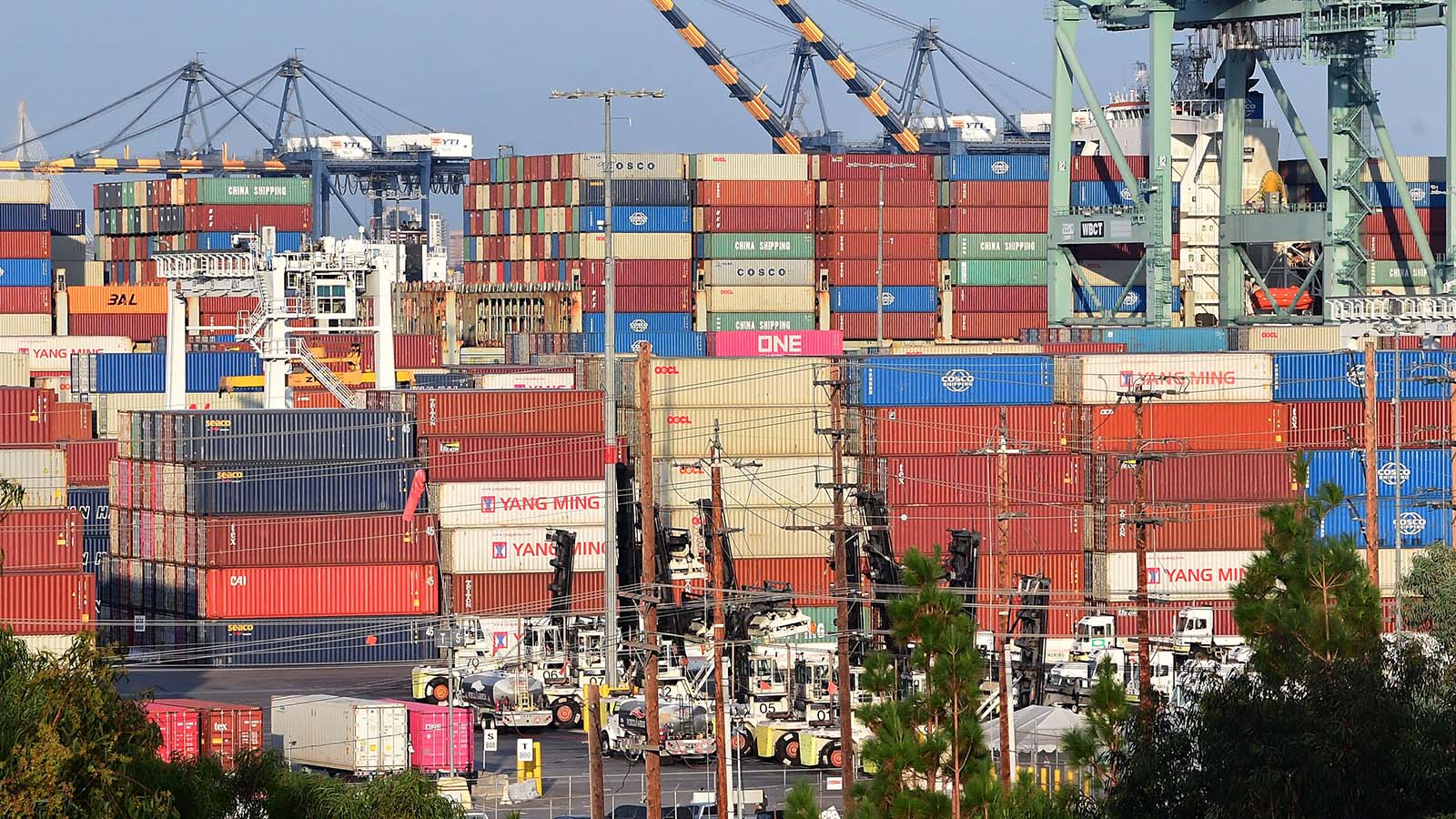Nvidia believes that supply of its hard to find graphics cards will improve by the second half of 2022, yet another glimmer of hope in a year full of false starts on the graphics card front.
The prediction comes courtesy of Nvidia's chief financial officer, Colette Kress, who spoke at the UBS Global TMT Virtual Conference on December 6.
During the 45 minute event, Kress addressed Nvidia's attempts to get ahead of the semiconductor shortages and boost supply of its most in-demand graphics cards like the RTX 3070 and RTX 3080 that no one seems to be able to find more than a year after their release.
"It's early to speculate in terms of demand trends as we go forward into the next year," Kress said, "but we do believe demand is strong, we believe right now that channel inventories are very lean. We believe we still have a great opportunity in front of us to upgrade gamers to that Ampere architecture."
"The company as a whole will take the appropriate work to continue to procure more supply,” Kress went on to say, "because right now we have situations where that demand exceeds our overall supply."
Kress was optimistic about Nvidia's prospects for 2022, however.
“We believe we will be in a better situation in terms of supply when we look at the second half of next year."
It's been a very long year for gamers, to say the least
Nvidia has been trying for more than a year to get more of its graphics cards into the hands of gamers, and there is some evidence that its efforts are real.
Immediately after the first Ampere cards launched in September and October 2020, they sold out at every retailer within minutes. Initially, the shortage was blamed on higher than expected demand, but as time went on, other problems quickly revealed themselves.
Soon after the new RTX 3080 graphics cards sold out before legitimate customers could buy them, Nvidia announced that it would review purchases on its site to root out bots buying up all the available stock. Even we thought that this would be a temporary problem, but it hasn't been.
Graphics cards, as well as video game consoles like the PS5, are essentially unattainable through normal means because automated bot networks have been clearing out stock all year with no signs of stopping.

On top of that, a boom in Ethereum prices in 2021 caused even more demand for the cards from cryptominers.
Nvidia made two major efforts to stop graphics card diversion from gamers to cryptominers: Light Hash Rate (LHR) GPUs, which halved the hash rate used for mining Ethereum to hopefully cut off demand; and cryptomining processors (CMPs), which Nvidia hoped would be more attractive to cryptominers than the consumer RTX cards.
Neither of these efforts have made an appreciable difference in gamers ability to buy a new graphics card. Even a crash in cryptocurrency prices hasn't seemed to slow things down, and with cryptocurrency prices on the rise again, we could be in for more of the same.
All through 2021, gamers in particular have been looking for signs that an end to the shortage was at least on the horizon, and whenever the price of cryptocurrencies crashed or a new contract was announced, many hoped that it would make a dent in the problem.
It hasn't though, and Nvidia's latest graphics cards are effectively as hard to find as they were the day they went on sale, so repeatedly disappointed gamers can be forgiven for looking at Nvidia's optimism for the second half of next year with a bit of skepticism and even a touch of bitterness.
Kress, though, believes that Nvidia LHR cards, the introduction of CMPs, and renewed government interest in regulating cryptocurrencies will reduce demand for Nvidia cards.

Nvidia hopes that new supply contracts will make a difference
"A large part of the strategy for improving supply is locking in more supply capacity by entering into longer term contracts," Kress said.
"We also have to think about our add-in card partners, our OEMs, which are also integral in terms of getting our cards in the hands of gamers."
"That takes us working not only procuring inventory now in the next couple quarters, but as you've seen us also procuring longer-term – longer term can be more than a year – and you've also seen us now enter into agreements that will take us out many years in terms of long-term capacity needs."
While Kress certainly sounds optimistic, as PC Mag notes, none of this necessarily translates into more cards getting into the hands of gamers.
Specifically, securing longer term capacity doesn't automatically mean that all demand can be met by this time next year. This means scalpers are still likely to buy up those cards too and resell them at grossly inflated prices, though the prices gamers might have to pay could be less than they are now.
And there isn't an upper limit on how many graphics cards crypto miners will want to buy. If a graphics card is profitable, they will buy it. If anything, the best hope any of us has for getting a new graphics card before the latest cards become last-gen tech is for Ethereum 2.0 to finally be implemented.
That will move the cryptocurrency over to a proof-of-stake model from its current proof-of-work model that requires GPUs to perform intense mathematical operations in order to mine the currency. Without proof-of-work, you don't need graphics cards.
Ethereum 2.0 is expected to roll out some time next year, so Kress might not be wrong to say that the supply situation should improve by the second half of 2022. Between more capacity on Nvidia's part and the drop in demand from Ethereum 2.0, it may be easier for gamers to get the graphics cards next year.
We wouldn't blame you if you were skeptical, though. We've heard this before, and you can only have your hopes dashed so many times.
- AMD vs Nvidia: who makes the best graphics cards
from TechRadar - All the latest technology news https://ift.tt/3dwQJvs



No comments:
Post a Comment